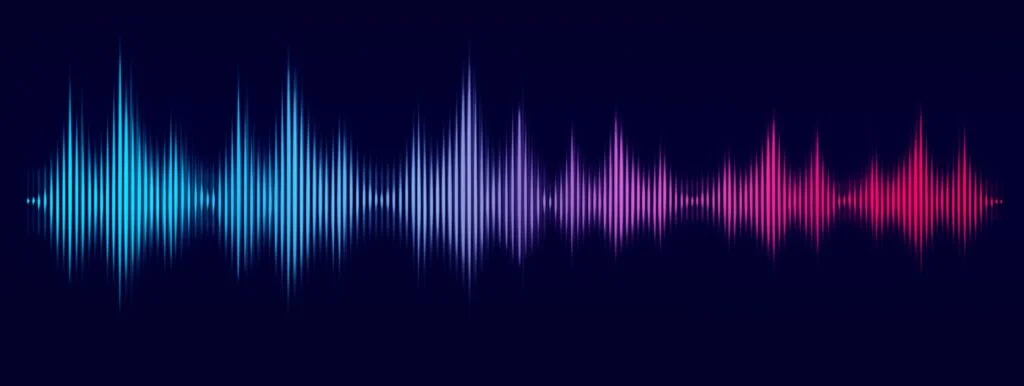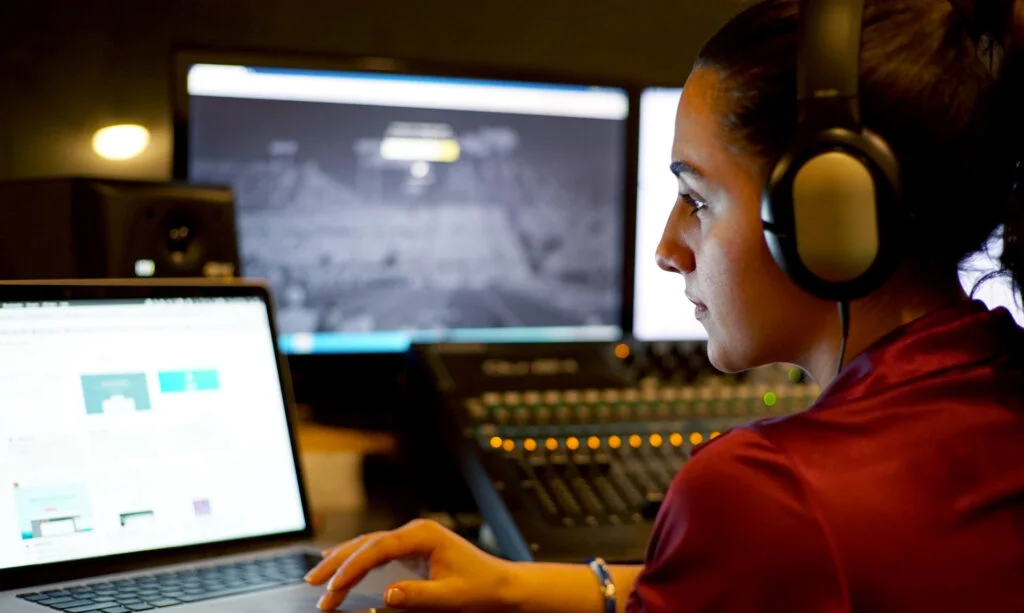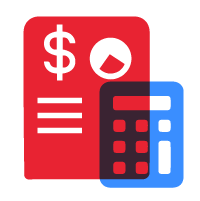Large amounts of training data are required to create an artificial intelligence (AI) or machine learning model that performs like a human. A model must be trained to grasp particular information in order to make judgments and take action. The categorizing and labeling of data for AI applications is known as data annotation. For a given use case, training data must be correctly classified and annotated. Companies may establish and improve AI solutions by using high-quality, human-powered data annotation.
Every use case is unique, and some require a highly particular methodology, such as the tagging of aggressive speech indications and non-speech noises. This type of annotation is called audio annotation.
What is Audio Annotation?
Audio annotation, a subset of data labeling, is a crucial approach for developing high-performing natural language processing (NLP) models that may help businesses analyze text, speed up customer answers, recognize human emotions, and more. We’ll look into audio annotation in depth in this post to see how important it is for businesses.
Audio annotation, like all other forms of data annotation such as picture and text annotation, requires physical labor and annotation tools designed specifically for the task. When it comes to audio annotation, data scientists use software to provide the labels or also known as tags and then feed the audio-specific data to the NLP model being trained.
Voice annotation is the technique of utilizing machine learning to detect sounds or speech so that virtual assistants like Siri and Alexa, as well as chatbots, can interpret data.
What is the Importance of Audio Annotation?
As technologies grow increasingly portable and integrated into our daily lives, it becomes clear that creating interactive and pervasive systems is imperative to voice search. Chatbots, for instance, are becoming an increasingly important aspect of customer support, and the quality of audio annotation has a direct impact on chatbot performance. Virtual assistants, chatbots, and speech recognition security systems all require audio annotation.
The significance of correctly annotated audio will send audio signals to be employed in diverse applications, with several datasets suited for audio annotation. These can range from music search engines to interactive installations, and they can be used in a variety of settings, from embedded devices to audio content servers. These audio signals provide a framework for extracting these annotations and comparing the results of various methods. Audio annotation promotes human-bot relationship by allowing AI to identify and read human voice.
Types of Audio Annotation
Audio annotation is an important part of the data collecting process that allows machines to achieve their full potential. Machine learning models require data annotation to guide them. As a result, for speech recognition, machine learning relies on several sorts of annotating datasets. Below are the following:
1. Audio Transcription
The process of converting speech in an audio file into written text is known as audio transcription or speech-to-text transcription. The file might be a recording of any kind. The need for transcription will only grow as individuals continue to prefer a totally virtual or hybrid format for organizing conferences, seminars, webinars, group discussions, and networking events.
2. Audio Classification
The technique of listening to and evaluating audio recordings is known as audio classification. This method—sound categorization—lies at the foundation of current AI technologies such as virtual assistants, automatic voice recognition, and text-to-speech apps. Using specialist audio classification services, the annotation process frequently entails categorizing audio files depending on specific needs.
3. Linguistic Audio Annotation
Any descriptive or analytic notations given to raw language data are referred to as linguistic annotation. Basic data can be in the form of audio, video, and physiological records or text. In addition, transcriptions can be from phonetic aspects to discourse structures, part-of-speech and sense tagging, and syntactic analysis.
4. Speech Annotation for Machine Learning
The process involves investigating and annotating audio characteristics with useful audio information. Here, the annotators attentively listen to each word in the audio in order to accurately recognize the speech. Additional keynotes and appropriate metadata can be added to any sort of sound captured as an audio file.
5. Audio Annotation for NLP
This audio annotation is done for any form of speech or audible sound that may be used for natural language processing. Machines can interpret sound from human conversations, nature, vehicle movement, and any other natural or unnatural sound. As a result, natural language utterance is the key component of virtual assistant and chat bot training.
6. Music Classification
Music-streaming services, such as Spotify playlist categorization, have risen rapidly in the recent decade. Finding techniques to automate the process of identifying music genre and mood, as well as tagging music, has gotten a lot of interest in the subject of music information retrieval (MIR). As a result, this type of data annotation can designate genres or instruments. Music classification can help organize music libraries and improve user suggestions.

How to Annotate Audio Data
Modern deep learning methods perform far better on multimedia data than other techniques, therefore digital goods and features with annotated data have a lot of potential. There are several services or programs available that let you produce training data for a range of typical activities, including transcription, categorization, and speaker diarization.
Artificial intelligence isn’t something that appears out of nowhere; it takes a lot of speech data to develop it, and that’s only after the data has been properly processed and annotated. In doing so, your speech recognition AI project must go through a variety of machine learning procedures or tools to attain its full potential. A set of processes were completed to annotate speech samples for machine learning and AI development. They represent distinct jobs that can only be completed by specific persons and demand varying levels of attention to detail.
In-housing vs Outsourcing Audio Annotation
Some believe that establishing an in-house data labeling team might provide benefits such as direct control, increased security, and greater IP protection. However, the process of generating the training data required to develop AI models is sometimes excessively expensive and time-consuming. Few businesses can devote the time and money required to employ, train, and maintain a professional data labeling staff.
Many firms opt to collaborate with an external, specialist data-annotation provider. Working with a well-known and recognized partner may help businesses save money while maintaining high quality. These experts use qualified, experienced annotators who can swiftly adapt to any requirement and are familiar with the most up-to-date and advanced annotation tools. Outsourcing helps in building long-term connections, which is especially beneficial if you know you’ll be returning with fresh data batches in the future.
The Importance of Audio Data Quality
Data analytics is becoming a more important part of competitive corporate strategy. Business intelligence, current open source technologies, and cloud services are making the fundamental concepts of data analysis more accessible. Given the equal playing field for software and algorithms, a business’ competitive edge is found in the unique data it can collect. Then, feed data to the analytics.
The quality of your dataset may and will determine the quality of your project results in audio classification. Thus, a large volume of high-quality, accurately-annotated data is required to provide an appropriate degree of audio categorization.
So, labeled data is frequently presented in the form of training and test sets, which aid the machine learning algorithm in predicting future results when fresh data is provided. To put it another way, if you have a good set of test and training data, the machine will be able to evaluate and classify new production data more quickly and effectively.

Outsource Audio Annotation with a Trusted Partner: Ensure Data Safety and Confidentiality
We at Outsource-Philippines are a data annotation outsourcing company. We have professionals in the sector that are unrivaled in their knowledge of data and related issues. We can be your perfect partners since we bring partnership with dedication, flexibility, and ownership. You could receive greater quality data sets at a faster rate by outsourcing data annotation. For audio annotation, we’ve worked with firms in the IT and automotive industries. Tagging, classifying, and attaching metadata to audio files are some of our services.
So, regardless of audio datasets requiring annotation, you can count on our experienced team to meet your needs and objectives. We can help you improve AI for machine learning with our human-powered and intelligent audio annotation services.












